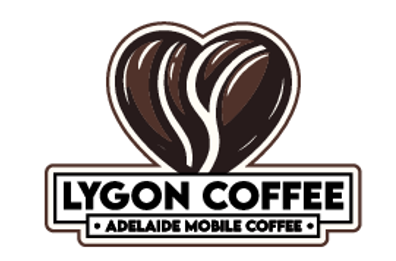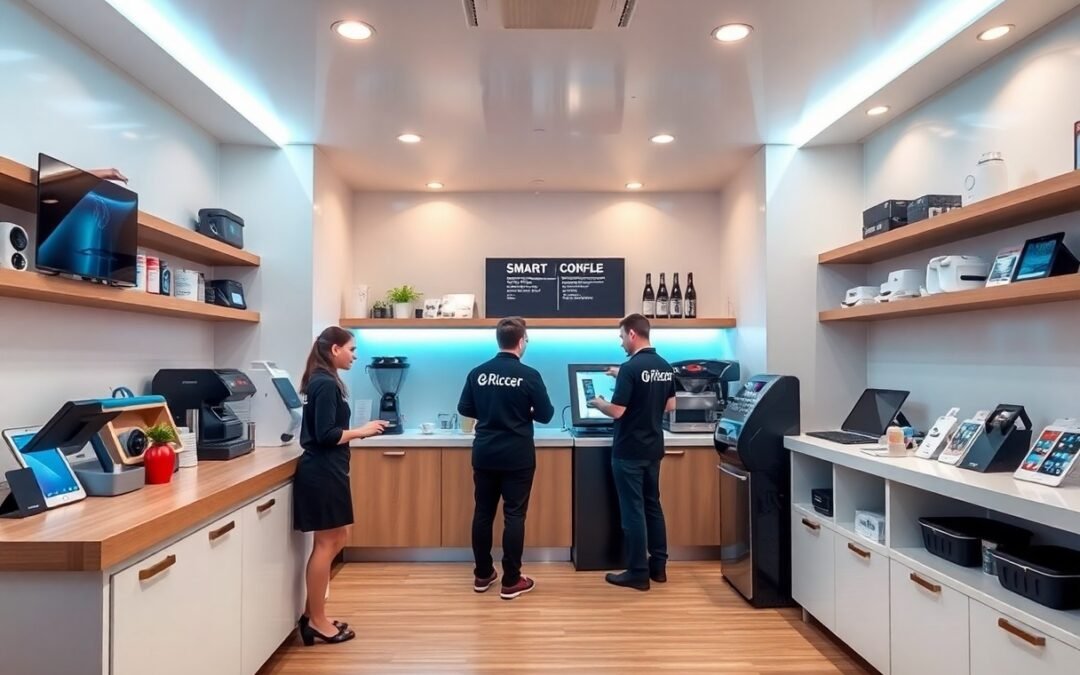Mobile cafes are revolutionizing the way you serve coffee and snacks, combining convenience with technology to enhance customer experience. This guide will walk you through integrating imperative tech solutions that streamline your operations, from point-of-sale systems to inventory management. By harnessing these tools, you can optimize service efficiency and keep your customers engaged, ensuring your mobile cafe thrives in a competitive market.
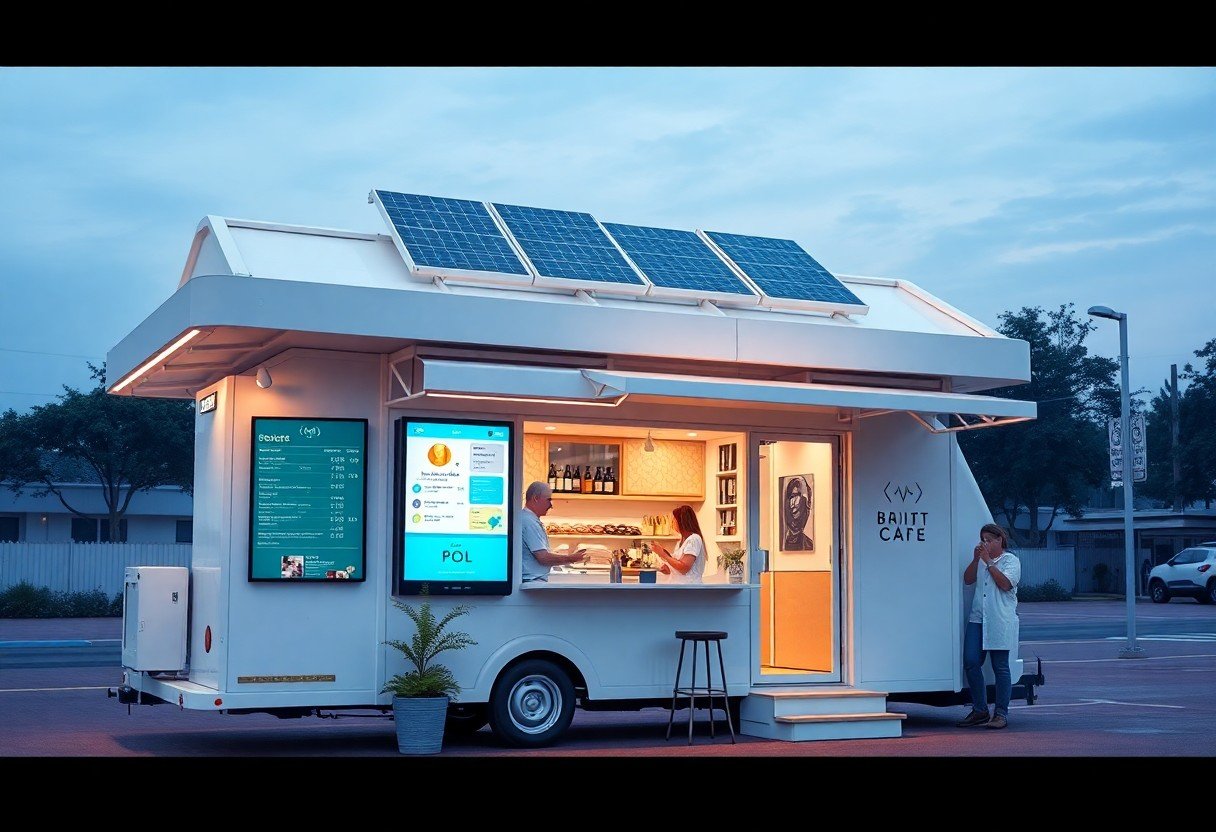
Crafting the Tech-Infused Cafe Experience
Creating a tech-infused cafe experience requires blending traditional customer service with innovative technology solutions that enhance efficiency and engagement. Incorporating features such as mobile ordering allows you to streamline the purchasing process, reducing wait times and improving customer satisfaction. A robust POS system integrated with inventory management can provide real-time updates on your stock levels, ensuring you never run out of popular items while also helping you track sales trends. For inspiration, refer to The Future of Dining: 8 Ways to Integrate Restaurant Tech, which outlines numerous strategies that can elevate your service delivery.
Essential Hardware for Modern Mobile Cafes
Your mobile cafe demands specific hardware to effectively operate and serve customers efficiently. Investing in a high-quality espresso machine, a reliable grinder, and a precise scale are non-negotiables for any barista aiming to maintain standards. Additionally, portable blenders for smoothies or iced drinks and an efficient refrigeration unit for perishables ensure variety in your menu. Incorporating contactless payment terminals enhances user experience, as many customers now prefer cashless transactions.
Seamless Software Solutions for Operations Management
Your choice of software solutions should focus on operational efficiency and ease of use. Kitchen display systems (KDS) can help manage orders from multiple sources, minimizing miscommunication and errors in the brewing process. Customer relationship management (CRM) software can track customer preferences and feedback, allowing personalized marketing efforts. Furthermore, scheduling software simplifies staff management, ensuring you always have the right number of employees, especially during peak hours.
Utilizing software platforms designed for mobile cafes can spell the difference between chaos and streamlined operation. Solutions that integrate scheduling, inventory management, and sales analytics into one platform reduce the need for multiple applications, thereby simplifying your workflow. Automating tasks, such as inventory reordering, allows you to focus more on customer interactions rather than backend operations, ultimately enhancing the overall cafe experience.
Engaging Customers with Digital Touchpoints
The Role of Mobile Apps in Customer Interaction
Mobile apps serve as a dynamic platform to foster meaningful interactions with your customers. Through a user-friendly interface, you can obtain valuable data on preferences and purchase behaviors, enabling personalized experiences. For instance, integrating features like loyalty programs or push notifications for special offers can keep customers engaged and encourage repeat business. Consider implementing geolocation services within your app to alert users when they are near your mobile cafe, driving foot traffic and enhancing spontaneous visits.
Furthermore, the app can act as a central hub for all customer communications. With options for real-time chat support, feedback submissions, and social media integration, you create a seamless channel for customer engagement. Utilizing customer reviews can boost credibility and showcase your commitment to service quality. Analyzing these interactions provides insights into your customer demographic, helping you refine your marketing strategies and menu offerings.
Strategies for Implementing Contactless Payments
Integrating contactless payment systems can significantly enhance customer convenience and streamline transactions at your mobile cafe. Start by adopting widely accepted platforms such as Apple Pay, Google Wallet, or specialized mobile payment solutions like Square or Toast. These systems allow for quick, secure transactions and can reduce wait times, improving the overall customer experience. Make sure to promote the availability of contactless payments prominently so that customers feel encouraged to use them.
Additionally, ensure that your payment hardware is set up for seamless integration with your existing systems. Regularly update your software to keep up with security protocols and enhance user experience. Training your staff on how to assist customers in using these payment methods can also foster confidence and willingness to engage with the technology.
Using contactless payments can not only increase efficiency but also cater to the growing preference for digital transactions among consumers. Statistics show that contactless payments have surged in popularity, with a reported 50% increase in usage due to heightened health and safety concerns. By adopting these payment options, you position your cafe at the forefront of the trend while ensuring a convenient, hygienic experience for your customers.
Streamlining Operations Through Technology
Inventory Management: Tracking and Predicting Demand
Implementing an efficient inventory management system allows you to track stock levels in real-time, enabling precise forecasting of demand. With tools that integrate with your sales data, you can analyze trends and adjust orders based on customer preferences and seasonal variations. For example, if your data shows an increase in demand for cold brew during summer months, you can proactively order more coffee beans and supplies without overstocking during slower periods.
Advanced analytics software can also alert you to items that are running low and predict future inventory needs based on historical consumption patterns. This not only minimizes waste but also ensures that your cafe is always stocked with in-demand items, leading to enhanced customer satisfaction and increased sales. Reliable systems also streamline reordering processes, allowing you to maintain optimal stock levels effortlessly.
Scheduling and Staffing: Tools for Efficiency
Utilizing scheduling software can significantly enhance the efficiency of your staffing operations. Such tools offer features that allow you to create and manage shifts based on peak service times, taking into account various factors such as weather conditions, local events, and sales data. By analyzing these parameters, you can make informed staffing decisions, ensuring that you have the right number of staff on hand during busy periods without overscheduling during slower times.
Moreover, employee management applications facilitate easy communication and schedule changes. Staff can view their shifts remotely, request time off, or swap shifts seamlessly, helping to maintain morale and reduce turnover. Implementing these tools leads to a more organized workforce, improving both customer service and operational efficiency.
Incorporating robust scheduling tools can also lead to significant cost savings. Automating staffing schedules reduces administrative burdens, allowing you to focus on other critical areas of your business. Additionally, tracking employee hours seamlessly integrates with payroll systems, ensuring accurate compensation and compliance with labor laws.
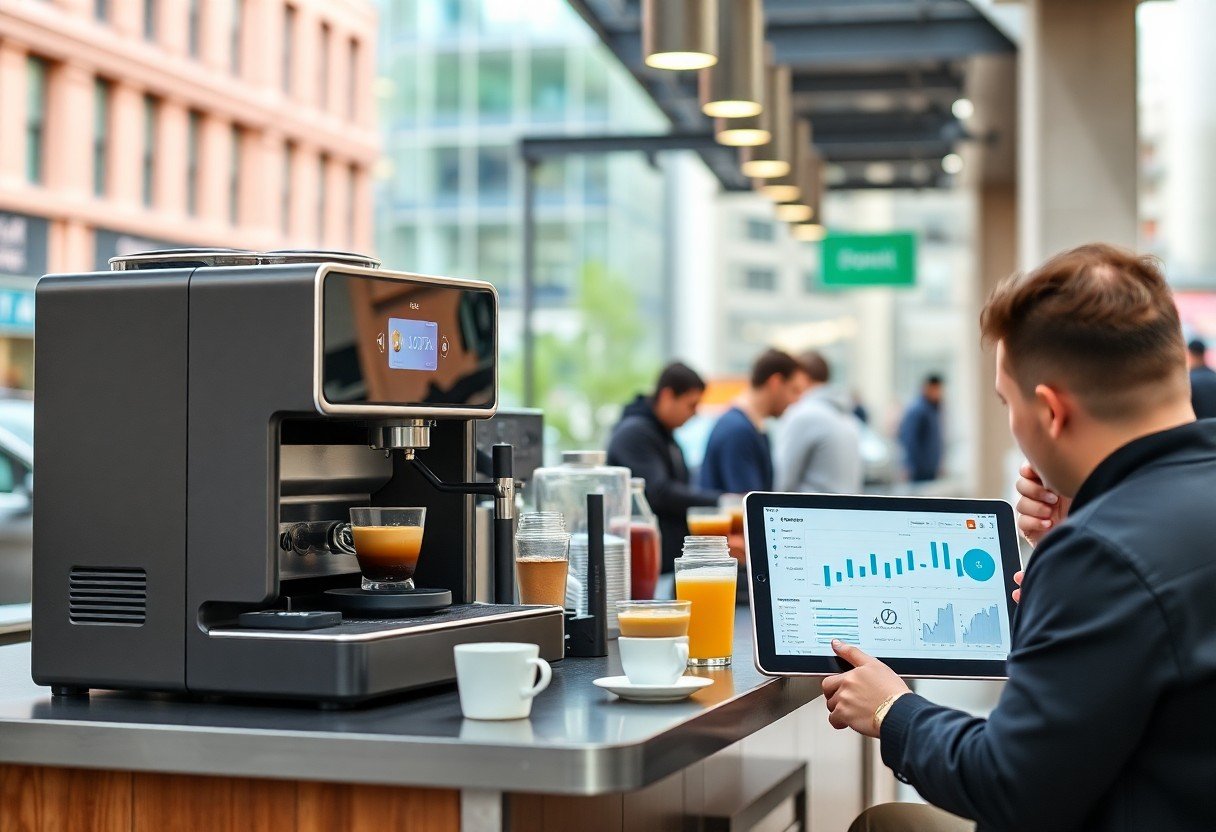
Mastering Data Analytics to Boost Business Performance
Leveraging Customer Feedback for Continuous Improvement
Customer feedback is a goldmine for refining your offerings and enhancing the overall experience. Implement digital tools that allow for immediate feedback collection, such as in-app surveys or QR codes on receipts. Analyze the data meticulously to identify recurring themes, whether it’s about service speed, menu variety, or ambiance. For example, if multiple customers note that your coffee is consistently served lukewarm, this insight can prompt you to adjust your brewing process, ultimately ensuring higher satisfaction levels.
Using sentiment analysis tools can further enrich your understanding of customer opinions. By categorizing feedback into positive, negative, or neutral sentiments, you gain clarity on what aspects of your mobile cafe resonate with customers. This structured approach allows for targeted improvements, prioritizing areas that will have the most significant impact on customer loyalty and retention.
Analyzing Sales and Trends to Drive Decision Making
Your sales data tells an intricate story about customer preferences and behaviors. By utilizing point-of-sale systems that integrate with data analytics platforms, you can track which products sell best during specific times of the day or month. This information enables you to adjust your inventory and staffing accordingly. For example, if your data shows that iced beverages soar in popularity during summer afternoons, focusing your marketing efforts on these drinks can improve profitability.
Additionally, identifying slow-moving items allows you to tailor your menu, either by introducing new products or modifying existing ones. Analyzing seasonality trends helps predict future sales patterns, making it easier to prepare for peak periods or plan promotions. A proactive approach can lead to better resource management and enhanced customer satisfaction.
Analyzing sales and trends isn’t merely about past performance; it’s about anticipating future opportunities. By segmenting your analysis to focus on demographics—such as age or location—you can tailor marketing campaigns that resonate more effectively with your target audience. Utilizing platforms like Google Analytics or social media insights can provide real-time data, enabling you to pivot strategies swiftly based on current consumer behaviors and preferences. This agile response facilitates optimized decision-making that keeps you ahead in the competitive market.
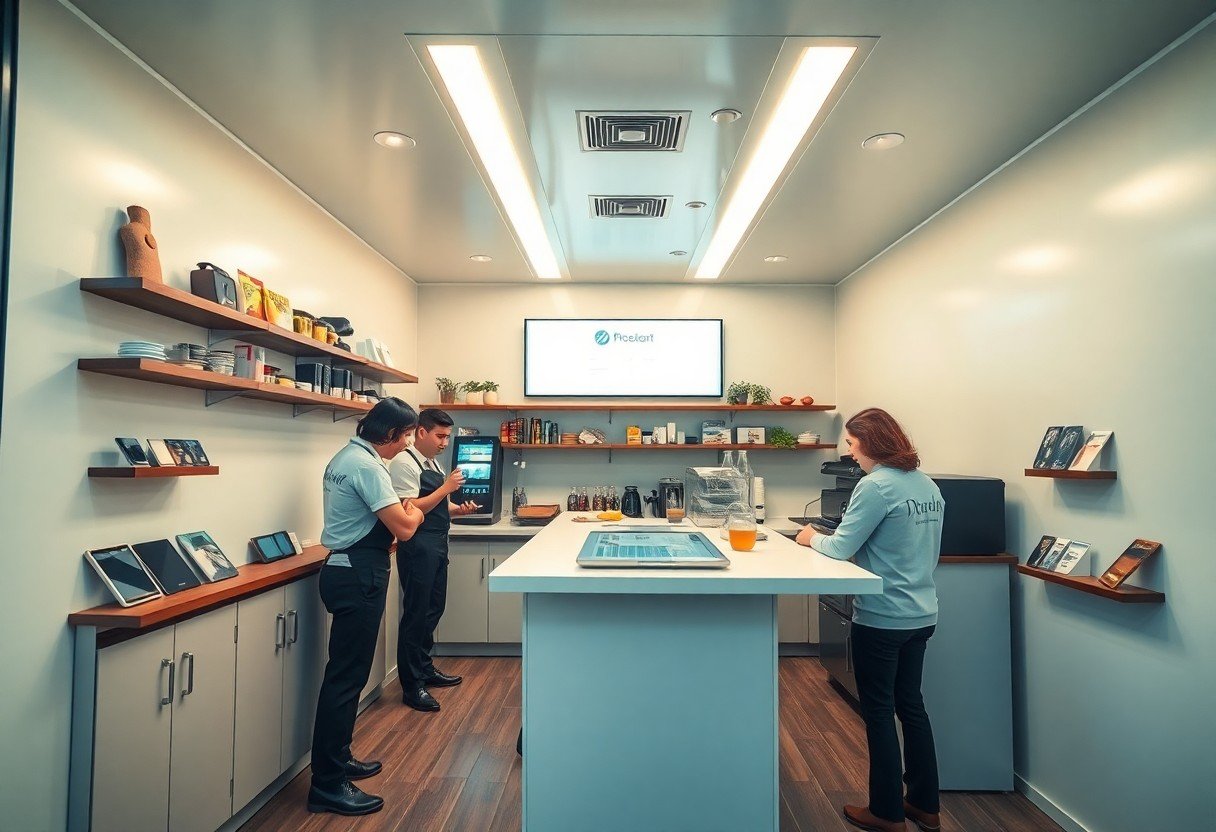
Navigating Compliance and Security in the Digital Age
Understanding Food Safety Regulations with Digital Tools
Your mobile cafe must adhere to stringent food safety regulations, and digital tools can simplify compliance. Use applications that track ingredient sourcing, preparation temperatures, and packaging processes. These tools help ensure every dish served meets local health department standards, reducing the risk of contamination and foodborne illnesses. For example, a digital temperature log can automatically record data and alert you if temperatures deviate from safe ranges, allowing you to address issues promptly.
Additionally, integrating systems that manage food inventory in real-time can help in adhering to expiration dates and allergens effectively. By implementing barcoding systems, you can ensure traceability from suppliers to your customers, making it easier for you to respond to any potential recalls and maintain transparent communication with your patrons.
Safeguarding Customer Data in a Connected Environment
Establishing robust protocols to protect customer information is crucial as your mobile cafe becomes more interconnected. With digital payment systems and loyalty programs, ensuring encryption and secure transactions must be a priority. Implement multifactor authentication for staff managing accounts, and educate your team about phishing scams that could compromise sensitive data.
Regularly updating software and conducting security audits can help identify vulnerabilities before they become a significant threat. Partnering with trusted payment processors that have a proven security track record will enhance your data protection efforts. Engaging with customers transparently about how their data is stored and used fosters trust while reassuring them of their privacy.
As you explore into safeguarding customer data, consider utilizing customer relationship management (CRM) solutions designed with privacy in mind. These tools not only help manage interactions but also provide detailed insights into privacy laws relevant to your location. Maintaining compliance with regulations such as GDPR or CCPA can prevent potential fines and reinforce your commitment to ethical business practices.
Conclusion
To wrap up, operating a smart mobile cafe requires a seamless integration of technology that enhances both your service and customer experience. By utilizing innovative tools like mobile payment systems, customer relationship management (CRM) software, and social media marketing platforms, you can streamline your workflow and engage effectively with your audience. Make sure to regularly assess and update your technology to stay ahead in this competitive industry.
Additionally, focusing on data analytics will empower you to make informed decisions that cater to your clientele’s preferences. By harnessing the power of technology, you can optimize inventory management, reduce waste, and boost your sales. Embrace these advancements and cultivate a smart mobile cafe that stands out in the marketplace while providing exceptional service to your customers.
FAQ
Q: What basic technologies do I need to start a smart mobile cafe?
A: Essentials include a mobile POS system, a reliable internet connection, a digital menu display, and a payment gateway for credit card transactions. Consider investing in a tablet or smartphone to manage orders and payments.
Q: How can I effectively manage inventory for my mobile cafe?
A: Use inventory management software that syncs with your POS system. This helps track stock levels in real-time, provides alerts for low inventory, and enables efficient supply ordering based on sales trends.
Q: What role does social media play in promoting a smart mobile cafe?
A: Social media is key for promotion and customer engagement. Use platforms like Instagram and Facebook to share real-time location updates, special offers, and customer experiences to attract more patrons.
Q: How can I enhance customer experience through technology in my mobile cafe?
A: Implement features such as mobile ordering through an app or website, contactless payment options, and customer feedback tools. These enhance convenience and satisfaction, encouraging repeat business.
Q: What are some key software tools that can aid operations?
A: Consider using scheduling software for staff management, customer relationship management (CRM) tools for tracking customer interactions, and analytics software to gain insights into sales and customer preferences.
